I keep hearing the same sentence repeating in my head.
“My vision is that every American is wearing a wearable within four years.”
RFK Jr., our current secretary of the Department of Health and Human Services, said this at a congressional hearing at the end of June. Wearables, he said, are key to the MAHA — Make America Healthy Again — agenda. Kennedy positioned wearables for Americans as a means of “taking control” or “taking responsibility” over their health by monitoring how their lifestyle impacts their metrics. In the hearing, he also cited that his friends had shed pounds and “lost their diabetes diagnosis” thanks to devices like continuous glucose monitors (CGMs).
I’m a wearables expert. I obviously don’t hate these devices. My problem with Kennedy’s “wearable for every American” vision is that it lends credence to the idea that everyone benefits from wearable technology. It’s not that simple.
I started wearing a Fitbit in 2014 to lose weight. I’d mysteriously gained 40 pounds in six months. I started running. Dieting. Obsessively tracking my steps, hitting 10,000 to 15,000 a day, rain or shine. I ate as few as 800 calories while logging 15,000 steps daily — for me, roughly 7.5 miles of walking. The promise of all this data, and what Kennedy is touting, is that people will have actionable data to improve their health. I had a ton of data. I could see things weren’t adding up. But the way these products and their apps are designed, I didn’t know how to “take control” of my health. Instead, I continued to gain weight.
I cried a lot during that time. So did my mom, who took my sudden aversion to carbohydrates as a personal offense. (How can you not eat bap? Bap is life!!) It didn’t matter that I improved at running or that I measured everything with a food scale. Each time I went to my doctors, I’d show them my Fitbit data and beg to be taken seriously. My doctors didn’t know what to do with what they were being shown. I also didn’t know how to communicate what I was seeing effectively. Instead, they suggested everything from “you must become a vegan” to “people with slow metabolisms just have to try harder.” By 2016, I’d put on another 20 pounds and, after three years, was diagnosed with polycystic ovary syndrome — a hormonal condition that often causes weight gain and insulin resistance.
Wearables helped me realize something was off, but it was a bumpy ride getting to an answer. That’s been true of my overall experience. Sure, this tech helped improve aspects of my health. I’m a much more active person. I went from being unable to run a mile to racing two half-marathons, a handful of 10Ks, and several 5Ks. My sleep is more regular. I went from being a night owl to an early riser. I’ve watched my resting heart rate decrease from around 75 beats per minute while sleeping to around 55 bpm. My cholesterol is lower. My weight has yo-yoed, but overall, I’ve been able to maintain a 25-pound weight loss from the 60 pounds I gained from PCOS. And, I’ve put on more muscle.
What I haven’t shared quite as publicly is that these improvements came at a heavy cost to my mental health.
My first three years with wearables wrecked my relationship with food. Despite diligently tracking my data, I didn’t get much by way of results. There also wasn’t a ton of guidance on how to apply my data learnings in a healthy way. I ended up hyperfixating on trying anything that hinted at helping me reach my goal. I ended up with disordered eating habits. Food logging is also a prominent feature in these wearable apps, so I meticulously weighed and logged everything I ate for years. If I were even 15 calories over budget, I’d go for a five-minute run around the block to burn 50 calories and get myself back under. I avoided social outings because, when eating out, my calorie logs weren’t guaranteed to be accurate. If I weren’t making enough progress, I’d punish myself by skipping meals. According to my therapist, I had begun showing mild signs of both orthorexia nervosa and anorexia.

I also started developing anxiety about my running performance. If I wasn’t improving my VO2 Max or mile times, I was failing. It didn’t matter that I’d gone from running 16-minute miles to recording a personal best of 8 minutes, 45 seconds. Any time I became injured, my numbers would go down, and I’d feel like a complete failure. When my father died, I was stuck in a funeral home in the Korean countryside, pacing around in circles so that I wouldn’t lose my step streak. Ironically, in a bid to please my wearable overlords, I’ve ended up injuring myself several times through overexercise in the last decade.
I’m okay now, thanks to a lot of work in therapy and the help of my loved ones. But healing isn’t a one-and-done kind of thing. Ninety-five percent of the time, I use wearables in a much more reasonable way. I take intentional breaks the other five percent of the time, whenever old habits rear their ugly head.
Mine isn’t a unique experience. Several studies and reports have found that wearables can increase health anxiety. Anecdotally, when a friend or acquaintance gets a new wearable, I usually get one of two types of messages. The first is an obsessive recounting of their data and all the ways they monitor food intake. The other is a flurry of worried texts asking if their low HRV, heart rate, or some other metric is a sign that they’re going to die. Most of these messages come from people who have had a recent health scare, and I usually spend the next hour teaching them how to interpret their baseline data in less absolute terms. And therein lies the rub. These devices overloaded the people in my life with too much information but not enough context. How can anyone effectively “take control of their health” if they’re struggling to understand it?
There’s never been, nor will there ever be, a one-size-fits-all solution.
There’s never been, nor will there ever be, a one-size-fits-all solution. That’s why I’m skeptical that Kennedy’s vision is even feasible. Doctors don’t always know how to interpret wearable data. Not only that, it’d be a massive undertaking to give every American a wearable. There are dozens, if not hundreds, of products on the market, and everyone’s health needs are unique. Would the government subsidize the cost? Where do health insurance companies, FSAs, and HSAs fit into this picture? So far, all we’ve heard from Kennedy is that the HHS plans to “launch one of the biggest advertising campaigns in HHS history” to promote wearable use.
But even if Kennedy were to solve this logistical nightmare, I take issue with framing wearables as a necessary component in anyone’s health journey. You risk creating scenarios where insurance companies use wearables as a means of lowering or raising premiums, similar to how certain car insurance providers use telematics devices to monitor their customers’ driving in exchange for discounts. It sounds good in theory, but it also opens the door to discrimination. Some, but not all, illnesses can be treated or prevented through lifestyle changes.
Not everyone will experience the darker side of this tech like I have. But I know that many have, and many more will. Some, like me, will eventually find a healthy balance. For others, the healthiest thing they could do is to avoid wearables.

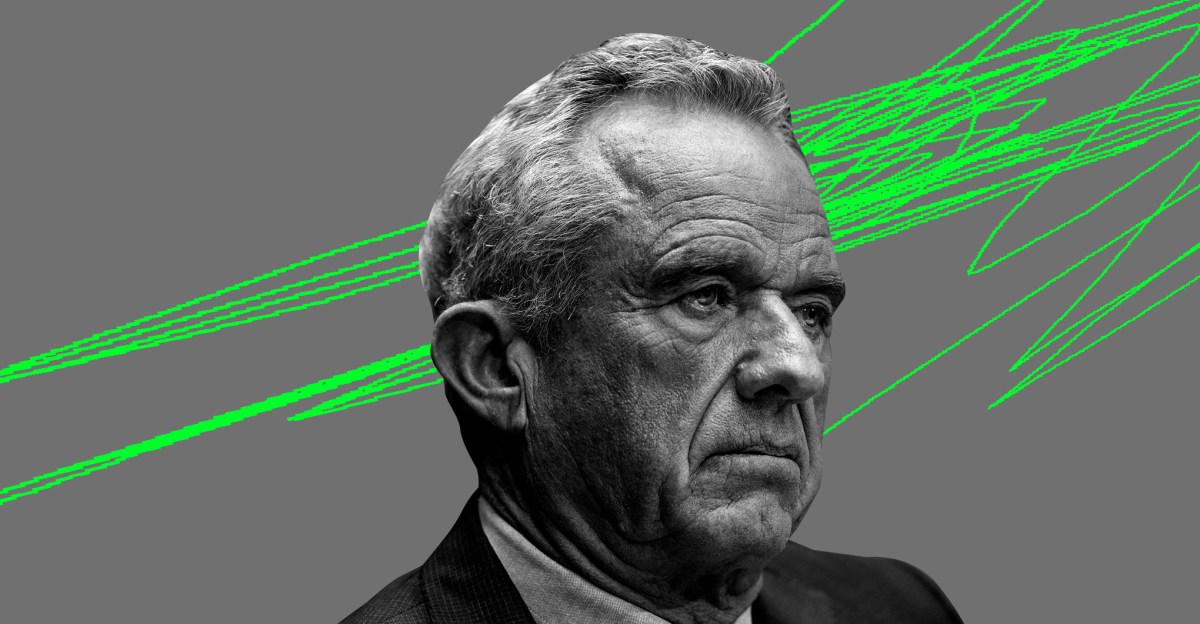

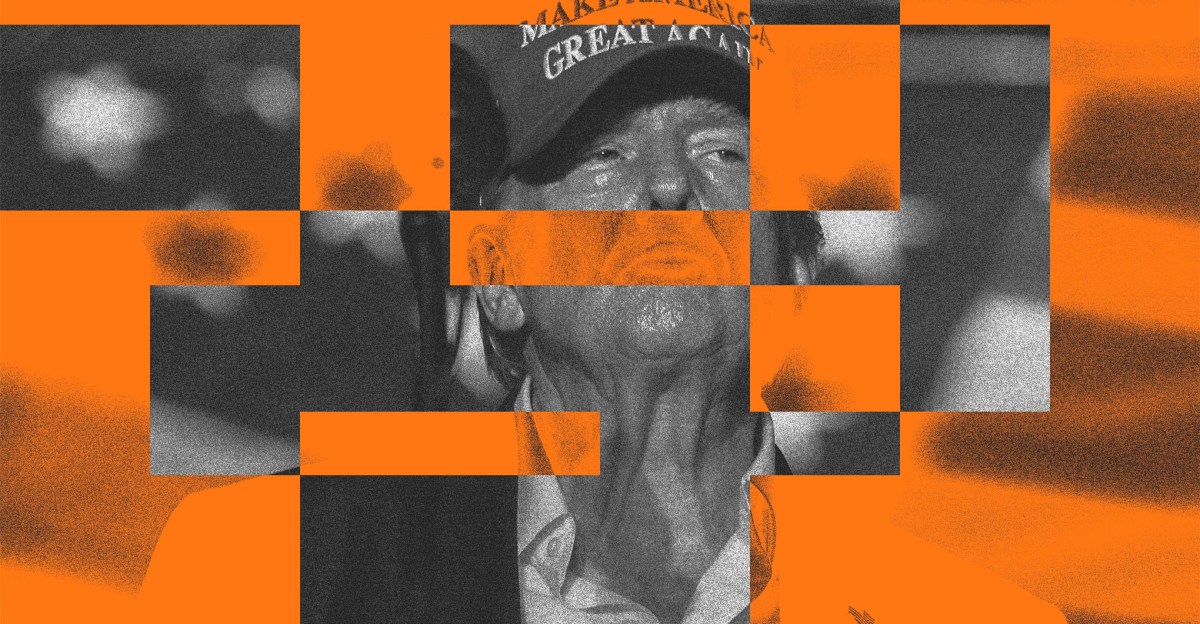


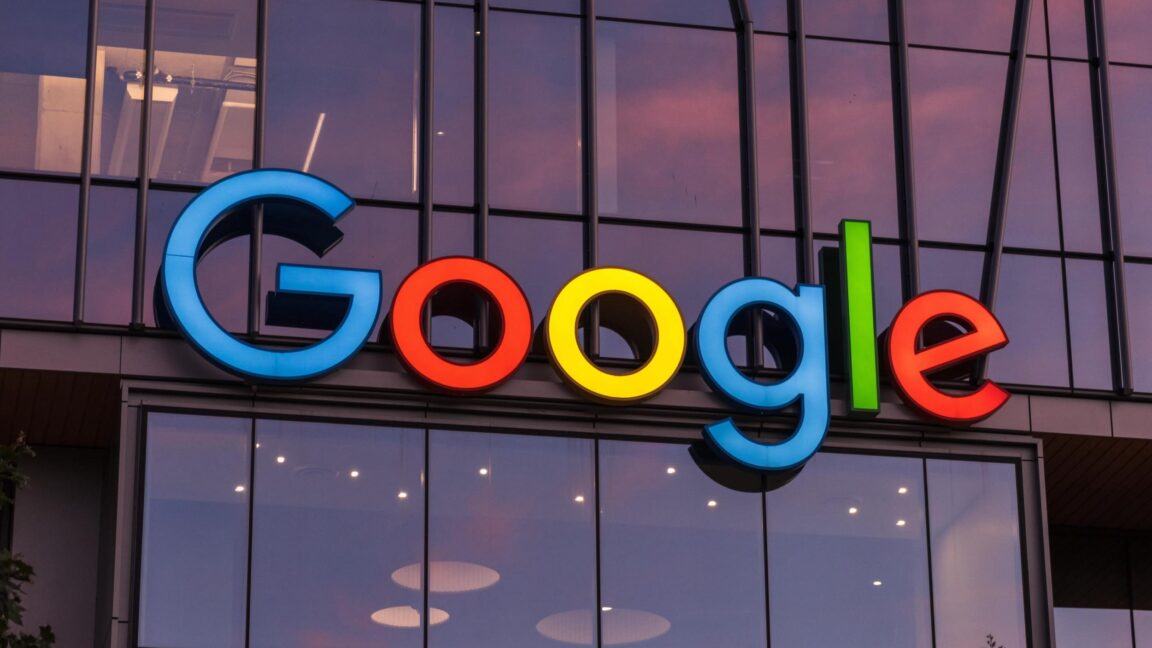


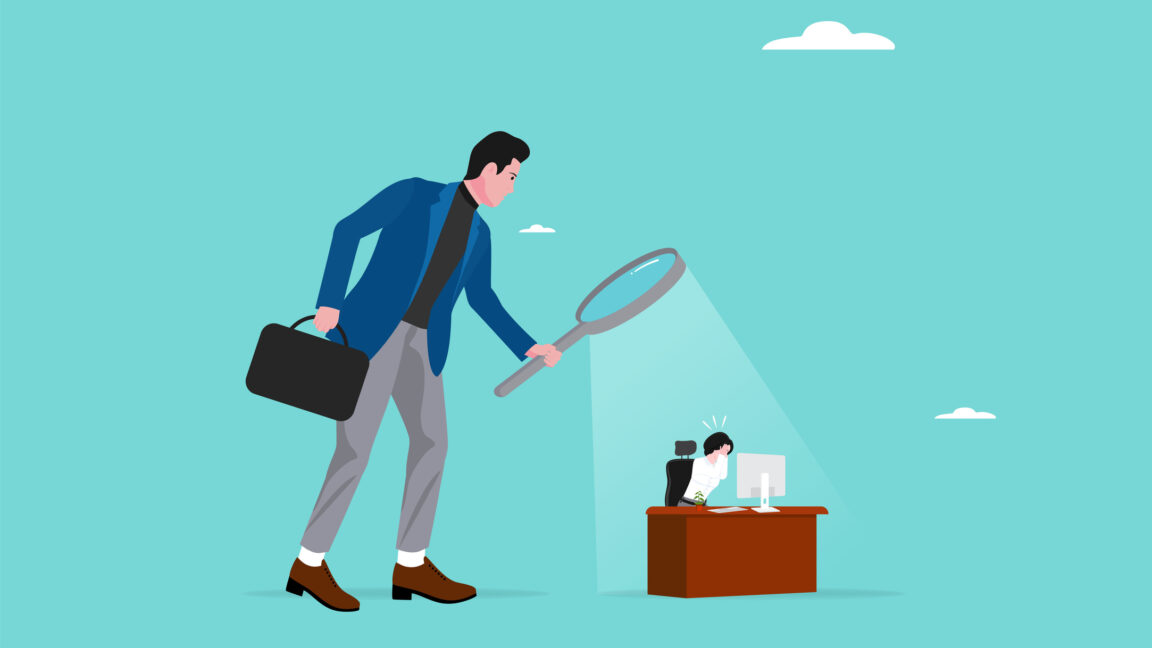


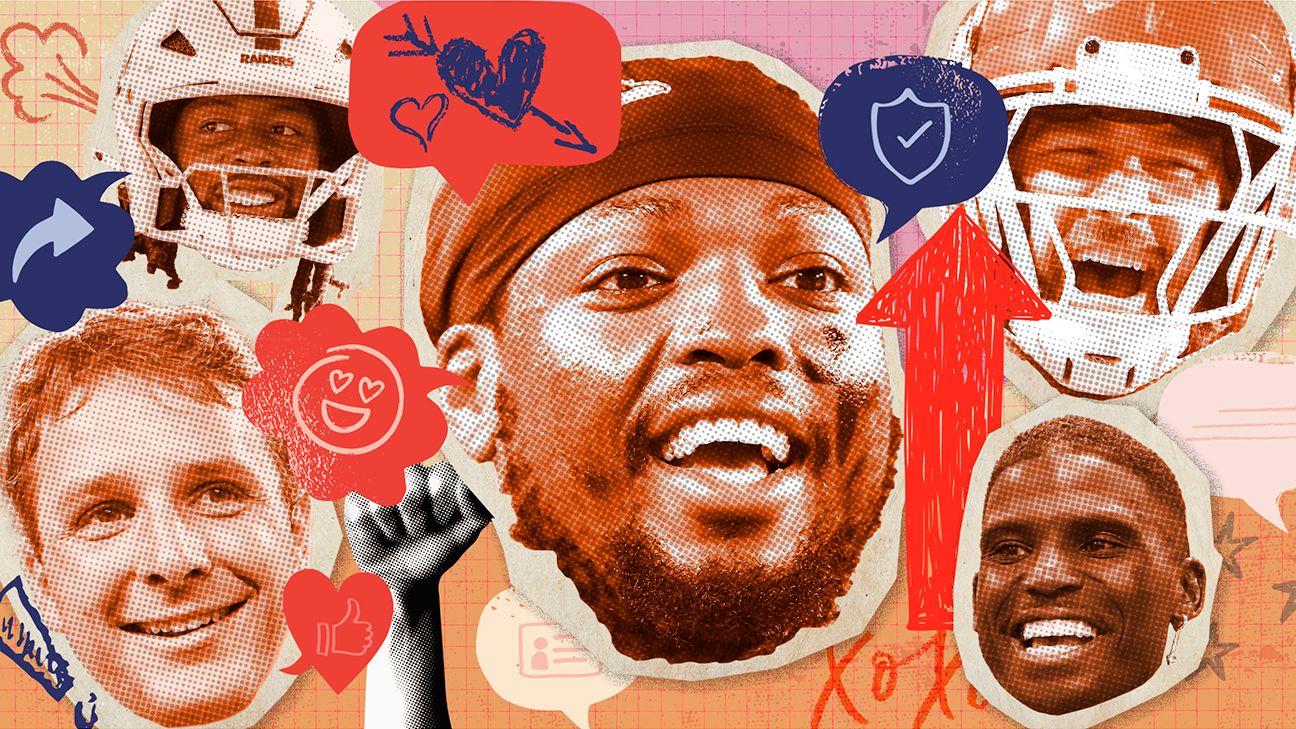


Leave a Reply